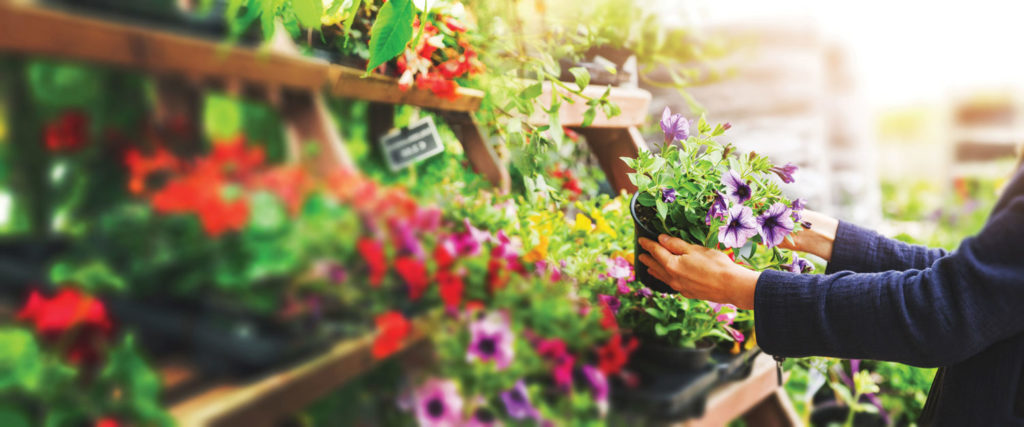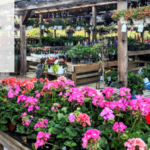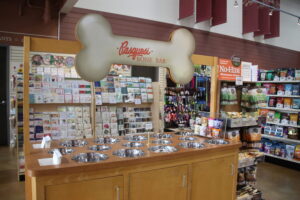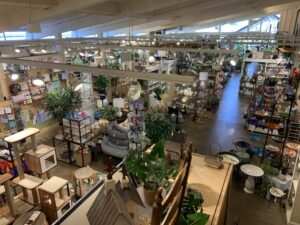
Top Retail Trends of 2022
The pandemic changed not only how customers shop — and how you sell to them — but has also brought forth innovative changes in retail.
Financial services and digital payments company Block Inc. (formerly Square Inc.) partnered with Wakefield Research to survey 1,000 consumers and 500 retail owners and managers about retail industry trends to capture where they were headed in 2022. Here are some of the findings — and how you can still incorporate them in your garden center this year.
E-Commerce Is a Must
The report found that shoppers make 37% of their monthly retail purchases online. In fact, among retailers who sell online, they say 51% of their revenue now comes from online sales.
Many independent garden centers that set up or expanded their e-commerce offerings during pandemic shutdowns have found that they can extend their reach by selling online as well as in person.
Liz Hughes wrote about Groovy Plants Ranch’s e-commerce site in our November/December 2021 issue. She recommends garden centers keep all website building and management in-house.
“When major changes need to be made, we are able to do it in a timely fashion instead of requesting that someone in an off-site office adds our task to the bottom of their to-do list,” she writes. “We also like that the person managing our website is part of our team. We feel that it helps share our story and translates Groovy Plants Ranch to the web more authentically.”
Automated Technology to Help With Staff Shortages
Nearly one in three retailers was reportedly concerned about being able to hire and keep workers in 2022. To help ease some of the complications caused by the labor shortage, the report found that 72% of retailers are currently using or plan to use automation to decrease their team’s time on hands-on work.
According to the report, retailers say that by streamlining tasks like tracking orders, managing customer loyalty programs and communicating with customers, they can help fill staffing gaps.
New Ways to Fill Orders
The pandemic gave many independent retailers no choice but to pivot if they wanted to stay in business. Whether it was buying online and picking up in store (BOPIS), curbside pickup or shopping appointments, customers needed to feel safe when shopping.
With customers short on time, these fulfillment options will likely last well beyond the pandemic. The report found that nearly one in five shoppers say that they would avoid certain retailers if they didn’t offer an in-store pickup option.
Many garden centers began offering online sales for delivery or curbside pickup at the height of the pandemic — and kept it going. Miller Plant Farm uses its e-newsletter to remind customers that they offer curbside pickup five days a week. Customers can order on their website local produce, plant materials, grocery items and bagged mulch and topsoil, pay online, and schedule a time to have their order ready and loaded into their car at the garden center.
Interactive Social Media Experiences
As younger customers are accustomed to shopping through social media — and older customers get more comfortable with it — garden centers have adopted new ways to interact with their customers through those platforms. It can also help customers to make more informed purchasing decisions.
Some 75% of retailers surveyed are now selling on social media, according to the report, with the most revenue coming from Facebook, Instagram, Twitter and TikTok, in that order. Garden centers don’t have to offer a fully shoppable store, but they can use their social media accounts to announce store specials or flash sales, or to raise interest for a specific type of plant.
Jennifer Moss of Moss Greenhouses does a weekly Facebook Live video where she walks through the greenhouse and explains what’s there and what can be planted at that time. She also answers questions live, as well as introduces store specials and events coming up at the garden center.
Partnering Locally
Retailers are deepening their connections to their local communities in a variety of ways. Sixty-eight percent of retailers said they are planning on participating in more community initiatives in 2022, with around one in three reporting they’re going to partner with local businesses, provide supplies for local events and donate supplies to community organizations.
Partnering with local businesses and organizations is nothing new for many garden centers. In last month’s issue, we featured two garden centers that believe in sharing the local love.
Bob Berbee, owner of Leo Berbee Bulb Co./Dutch Mill Greenhouse, said, “We would not be where we are today if it weren’t for the customers who have shopped in our local business. As our community grows, people have choices, and we always hope that they choose to come back to our local business … We live in the same community as our store, so we walk the walk — we go to other local businesses and we show up to community events. That is the support that people will remember.”
To download the full Future of Retail report, visit https://squareup.com/us/en/townsquare/future-of-retail.


















 Videos
Videos





